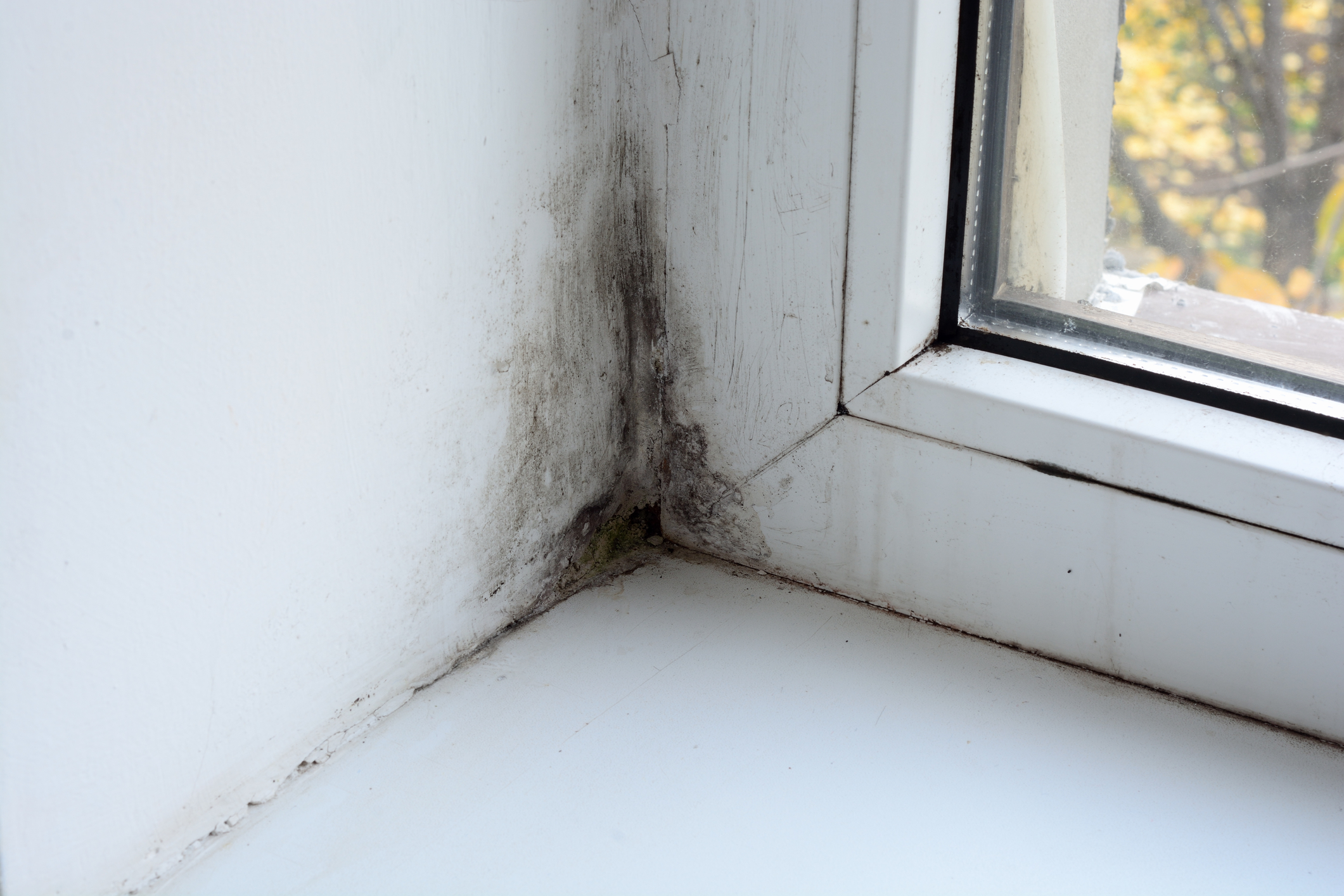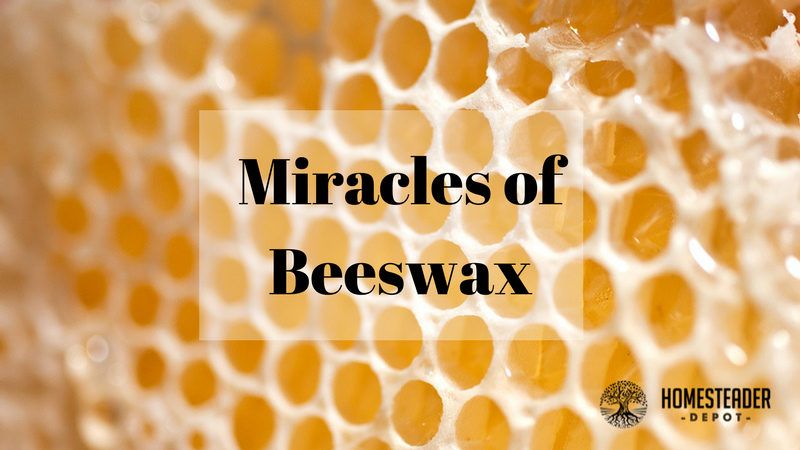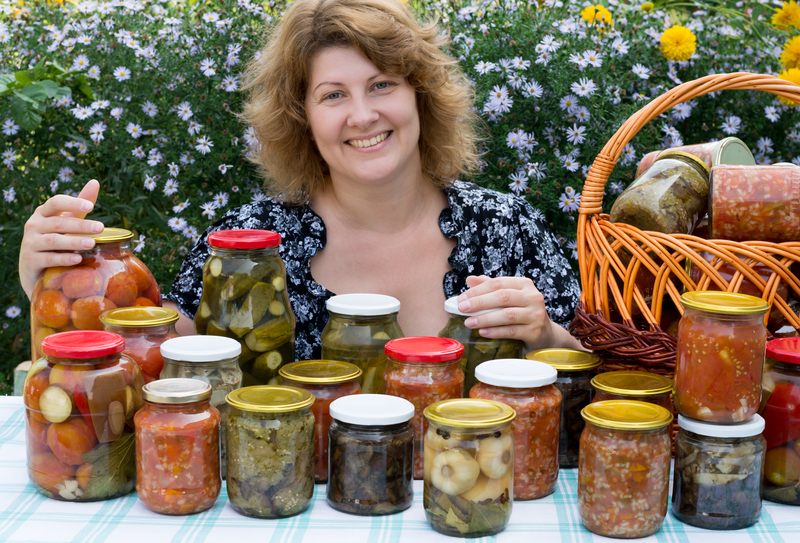Mold is Growing in Your Home RIGHT NOW…But Where?
If you’re sitting in your house sneezing, coughing, and dealing with skin, eye, and throat irritations, there is most likely mold present somewhere. People that are suffering from asthma or allergies know precisely how damaging mold can be to their health. Those with a healthy system aren’t going to notice mold growing somewhere quite as … Read more








